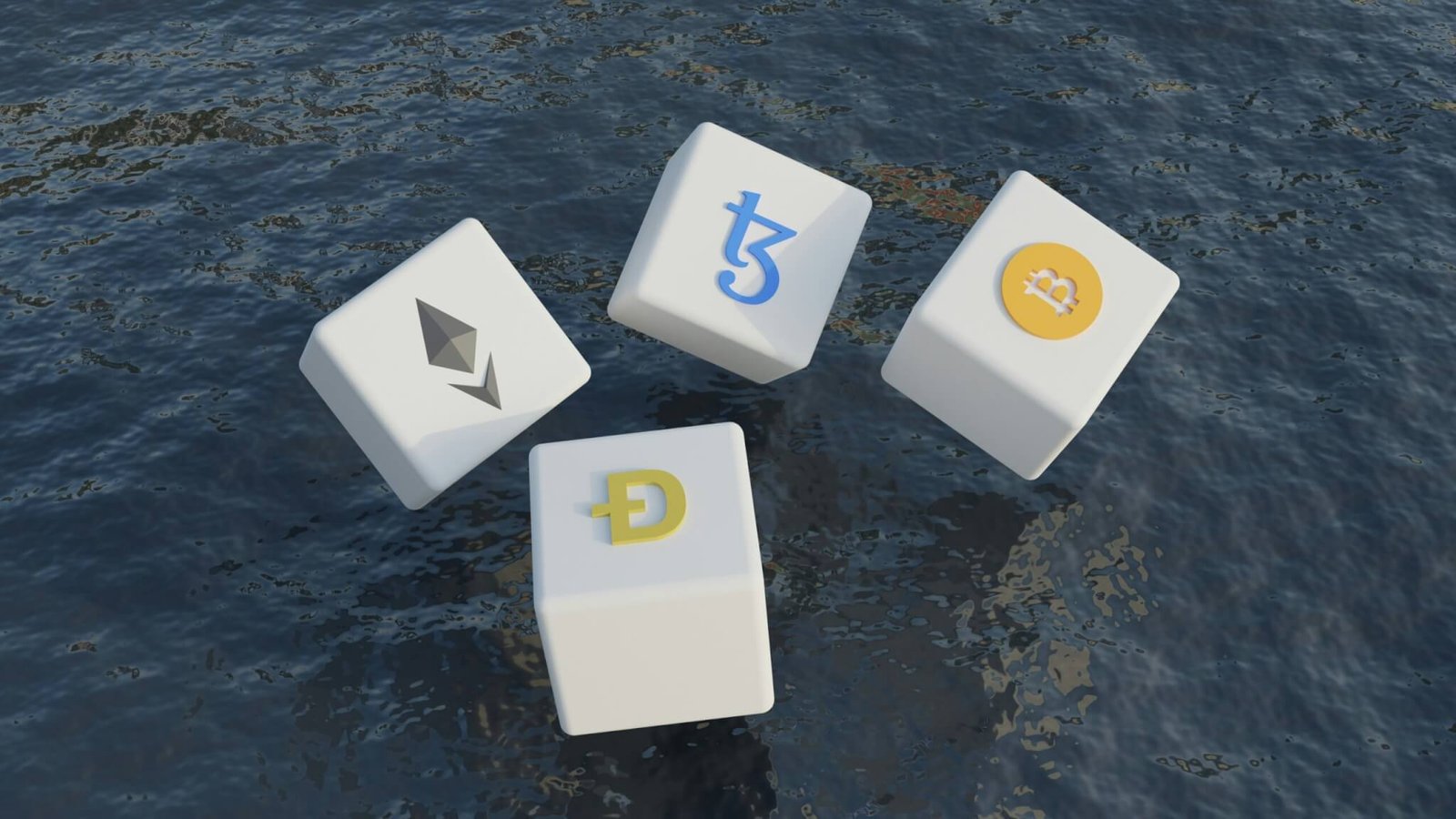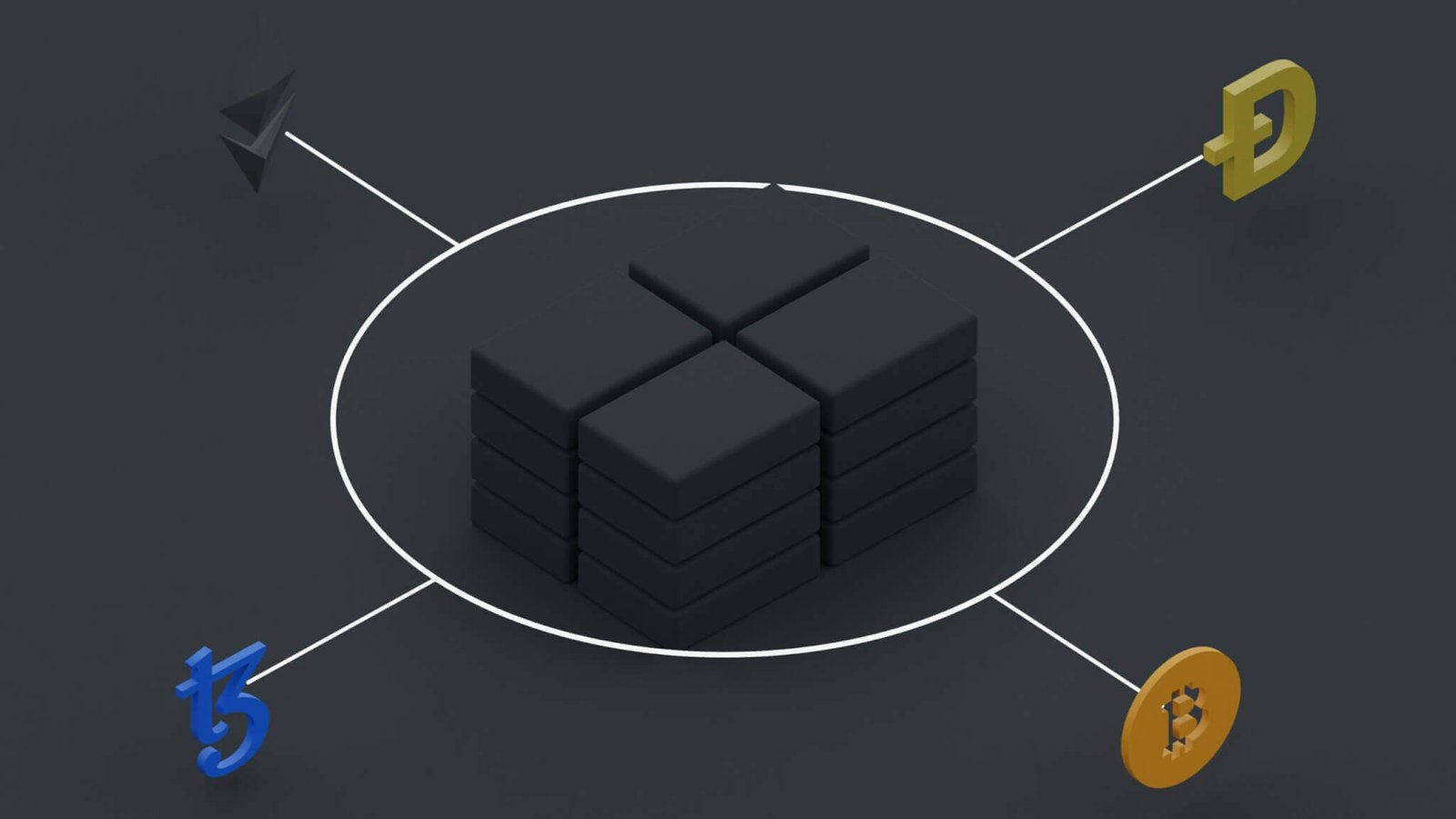Curious about the value of alexandrite? In “How Much Is Alexandrite Worth?”, you’ll discover the fascinating factors that influence the worth of this rare and stunning gemstone. You will explore how elements like color change, carat weight, clarity, and origin contribute to its market value. You’ll also gain insights into historical prices and current trends, helping you understand why alexandrite is so prized among collectors and jewelers alike. Whether you’re considering a purchase or simply want to expand your gemstone knowledge, this article offers everything you need to appreciate the enigmatic beauty and worth of alexandrite. Have you ever wondered how much alexandrite is worth? If you’re fascinated by gemstones, you might have come across alexandrite, a rare and highly prized gem known for its unique color-changing properties. Valuing such a gemstone can be a complex endeavor, given its rarity and unique attributes. In this article, we’ll delve into the intricacies of what makes alexandrite so special and break down the many factors that contribute to its worth.

What is Alexandrite?
Alexandrite is a rare variety of the mineral chrysoberyl and is famous for its extraordinary color-changing ability. First discovered in Russia’s Ural Mountains in the 1830s, alexandrite exhibits a remarkable ability to change from green in daylight to red under incandescent light. This astonishing visual effect has captivated gemstone collectors and enthusiasts alike, making it one of the most unique and valuable gemstones in the market.
The History and Discovery of Alexandrite
The gemstone was named after Tsar Alexander II of Russia and quickly became a symbol of prestige and power. Initially discovered in emerald mines, it was initially mistaken for emerald until its unique properties were observed. Since then, have found sources of alexandrite in Brazil, Sri Lanka, East Africa, and India, but the original Russian stones remain the most coveted due to their superior quality and dramatic color change.

Factors Affecting the Value of Alexandrite
When determining the worth of alexandrite, several key factors come into play. Each of these factors can drastically affect the price and desirability of the gemstone.
Origins and Provenance
Russian alexandrites are considered the most valuable due to their historical significance and exceptional quality. These classic gems typically command higher prices compared to those from other localities like Brazil or Sri Lanka.
||Origins|| Characteristics|| Estimated Price Range per Carat|| |–|–|–| |Russia | Exceptional color change, high clarity | $15,000 – $50,000| |Brazil | Moderate to strong color change | $3,000 – $15,000| |Sri Lanka | Moderate color change, usually larger sizes | $2,500 – $8,000| |East Africa & Other locations | Varied qualities | $1,500 – $7,000|
Color Change
The most defining feature of alexandrite is its ability to change color. Gems that exhibit a dramatic and complete color change from green to red are the most valuable. The strength of the color change, ranging from weak to strong, can significantly impact the stone’s value.
Color Change Grading
| Strength of Color Change | Characteristics | Estimated Price Range per Carat |
|---|---|---|
| Strong | Clear, distinct color change | $20,000 – $50,000 |
| Moderate | Noticeable color change | $5,000 – $20,000 |
| Weak | Faint color change | $1,500 – $5,000 |
Clarity and Inclusions
Inclusions are natural imperfections found within gemstones. While some inclusions are acceptable, alexandrite stones with fewer inclusions are more valuable. High clarity means the gem is relatively free from these tiny flaws, resulting in a more beautiful and desirable stone.
Grading Clarity
| Clarity Grade | Characteristics | Estimated Price Range per Carat |
|---|---|---|
| Eye-clean | No visible inclusions to the naked eye | $10,000 – $50,000 |
| Slightly Included | Minor inclusions visible under 10x magnification | $5,000 – $20,000 |
| Included | Visible inclusions | $1,000 – $5,000 |
Size and Carat Weight
Larger alexandrite stones are exceedingly rare and thus command higher prices. Smaller stones, while still valuable, don’t cost as much per carat compared to larger specimens.
| Carat Weight | Characteristics | Estimated Price Range per Carat |
|---|---|---|
| Less than 1 carat | Common, but still valuable | $3,000 – $7,000 |
| 1 to 3 carats | Moderately rare | $5,000 – $15,000 |
| Over 3 carats | Extremely rare, high demand | $10,000 – $70,000 |
Market Trends and Prices
The gemstone market, like any other, experiences fluctuations based on demand and supply. Alexandrite, however, tends to maintain its value well due to its rarity. Global economic conditions, political stability in mining regions, and advancements in synthetic alternatives can also influence alexandrite prices.
Synthetic and Treated Alexandrite
While natural alexandrite is rare and expensive, synthetic versions are also available. Synthetic alexandrites mimic the natural stone’s properties but are lab-created. These stones are significantly less expensive and aren’t as valuable as their natural counterparts.
Evaluating Authenticity
It’s crucial to ensure you’re purchasing authentic alexandrite. Certification from reputable gemological laboratories can verify the authenticity and quality of your stone.

How to Buy Alexandrite
If you’re in the market for alexandrite, several factors can guide your purchase to ensure you get a stone that fits both your preferences and budget.
Research and Education
Understanding the factors that affect alexandrite’s value is essential. Educate yourself on aspects like color change, clarity, carat weight, and origins. Knowledge empowers you to make a more informed decision.
Certified Sellers
Always purchase alexandrite from certified and reputable sellers. Certification from gemological laboratories like GIA (Gemological Institute of America) or AGS (American Gem Society) can give you confidence in your purchase.
Investment Potential
Given its rarity and unique properties, alexandrite can be a good investment. Unlike other assets, its value is less likely to depreciate, making it a reliable choice for gemstone investment.
Caring for Your Alexandrite
Owning a piece of alexandrite comes with the responsibility of maintaining its beauty and value. Proper care can ensure your gemstone remains in pristine condition.
Storage
Store your alexandrite in a soft cloth or a separate compartment in your jewelry box to avoid scratches. Avoid exposing it to harsh chemicals or extreme temperatures.
Cleaning
Clean your alexandrite with warm soapy water and a soft brush. Avoid using ultrasonic cleaners or steamers as they can damage the stone.
Regular Checks
If your alexandrite is set in jewelry, inspect it regularly for signs of damage or loose settings. Professional cleaning and inspection can help maintain its condition.

Conclusion
So, how much is alexandrite worth? The answer depends on various factors, including origin, color change, clarity, and size. Russian alexandrites with strong color change and high clarity are the most valued, commanding prices that can go as high as $50,000 per carat. Understandably, the value of alexandrite makes it one of the most sought-after and esteemed gemstones in the world.
Whether you’re a collector, investor, or someone who simply adores stunning gemstones, understanding what makes alexandrite so valuable can make your experience of buying and owning this remarkable stone all the more rewarding. Remember, educating yourself and purchasing from reputable sources can ensure you get the best value for your money.



